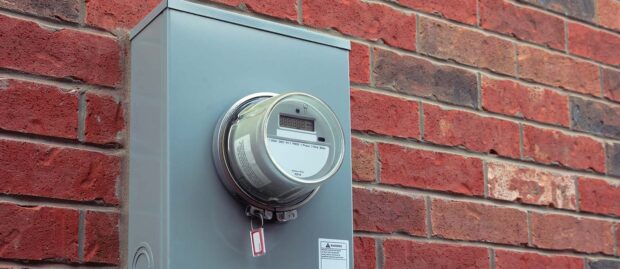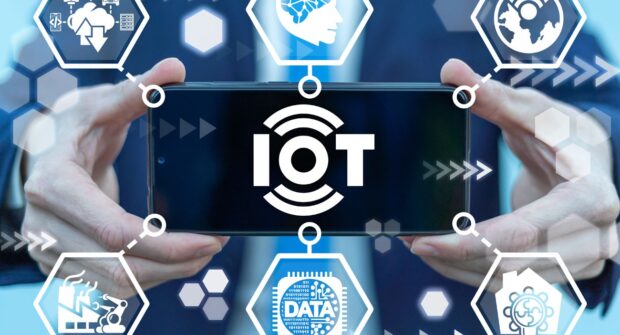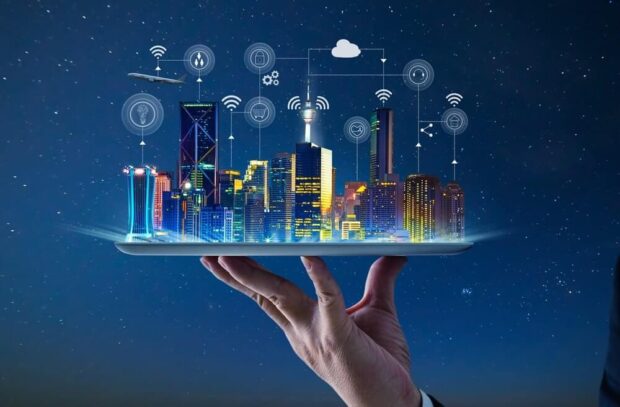Internet of Things (IoT) devices use embedded sensors to connect everyday objects together via the internet. Networking appliances, vehicles, infrastructure and more means IoT lays the framework for smart, sustainable cities designed around ever-cleaner technologies.
As communities leverage real-time performance data to gain efficiencies, our future looks brighter. IoT advancements allow us to analyze complex systems holistically to uncover new opportunities for optimization and conservation.
The network effects from connecting disparate data streams spark innovative solutions to make our world more sustainable.
Monitoring Usage Trends

Utility meters measure household electricity, gas, and water consumption before transmitting readings to providers through IoT connections. Detailed customer analytics reveal usage patterns that guide infrastructure upgrades and prevent supply shortages during peak demand.
For example, a surge of air conditioners switching on during hot summer afternoons can strain dated electrical grids triggering brownouts. Smart meters enable dynamic balancing of supply and demand to maintain reliable power. Analysis of trends also helps cities plan future generations of greener, more efficient energy sources proactively.
Optimizing Transportation Logistics
IoT integrations allow logistics managers to track locations and conditions of material assets in transport such as shipping containers using sensors. This enables dynamic route optimizations to save time and fuel. Arrival times sync with production schedules for just-in-time deliveries eliminating waste.
Sensors also monitor quality conditions like temperature and moisture throughout trips. For example, refrigerated containers maintain precise temperatures to prevent perishable food and medical spoilage regardless of external weather swings during the journey.
Managing Essential Infrastructure

The experts at Blues Wireless say that LoRa IoT devices monitor infrastructure like bridges, railways, and waterways to evaluate wear-and-tear plus usage rates.
Preventative maintenance crews are proactively dispatched when sensors detect early signs of potential failures before issues escalate. This minimizes disruptive repairs while extending asset lifetime.
During floods, IoT river gauges quantify rising water levels in real-time to help officials early predict crest peaks. Predictive models inform evacuation decisions and dam controls to mitigate communities at risk. The same sensors monitor gradual drought conditions and trigger water conservation policies before scarcity.
Advancing Sustainable Farming
Connected IoT systems help farmers practice more efficient, higher yield agriculture while reducing environmental impact. Moisture sensors dynamically trigger sprinklers while weather stations inform pest management cycles. GPS trackers follow livestock grazing patterns to rotate grazing fields, allowing land recovery.
In greenhouses, automated HVAC, humidity, and lighting adjustments create optimal growing conditions tailored to each crop. Sophisticated hydroponics leverage IoT-enabled control of nutrient dosing, pH balancing and oxygenation for soilless crops. Operational analytics calculate farming carbon footprints to highlight green transition opportunities.
Building Smarter Cities

Urban planners use IoT solutions to model traffic flows based on real-time data from vehicle sensors and cameras to limit congestion and pollution through techniques like responsive signal timing, HOV lanes and congestion zone pricing.
Smart LED streetlights adjust illumination levels dynamically detecting pedestrian traffic to save energy. Public transit adopts IoT to track buses for arrival predictions while analyzing routes for optimization. Integrated fare payment apps combine travel, parking, and bike-share systems into one mobility account to incentivize green commute options.
Empowering Citizens
Businesses leverage IoT user analytics to tailor shopping experiences while gaining consumer insights for targeted development of sustainable goods in demand.
Thoughtful IoT city designs aim to uplift all community members by using data to accurately address accessibility flaws or quality of life shortcomings that require attention.
Conclusion
As more critical infrastructure adopts connected monitoring to increase reliability and resilience during disasters, a feedback loop emerges where the public enjoys greater security. This empowers people to focus on creativity, innovation, and self-actualizing pursuits to help society progress faster.
